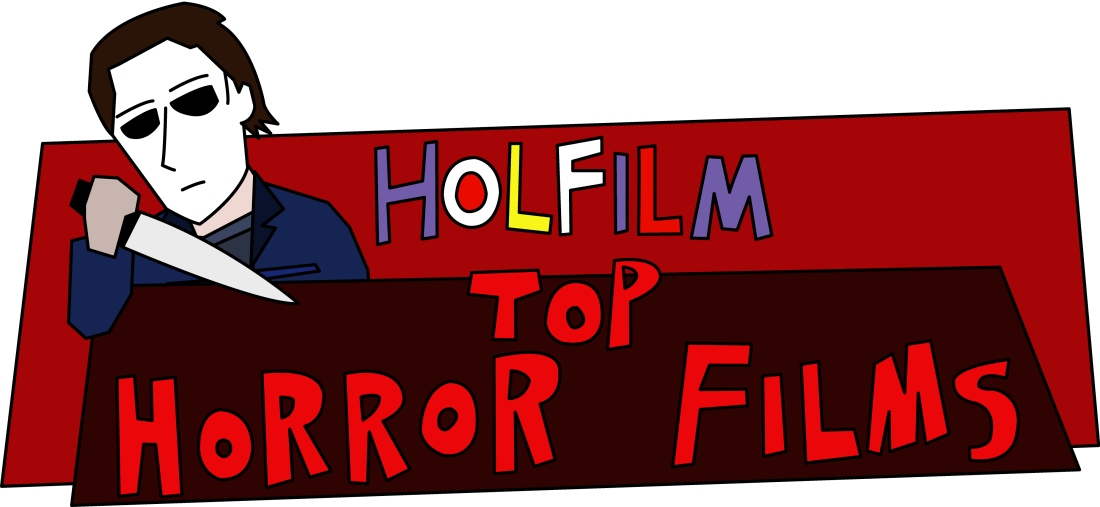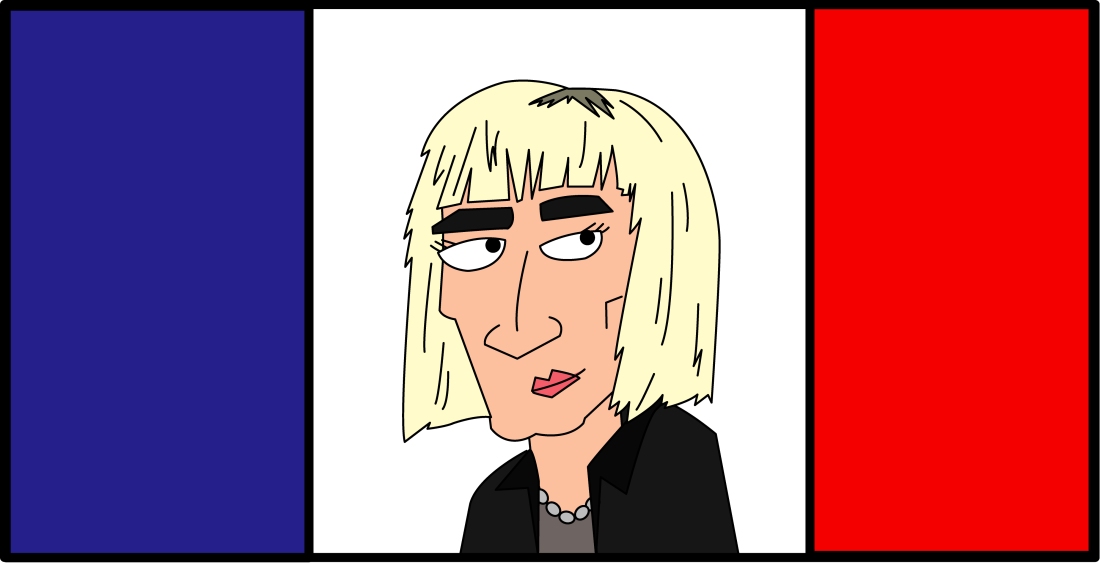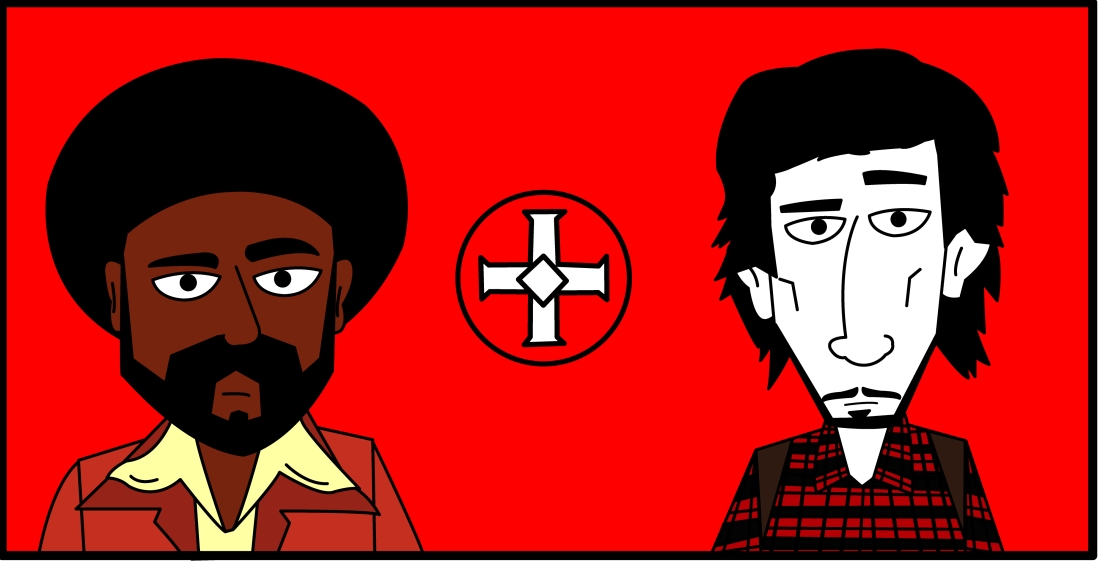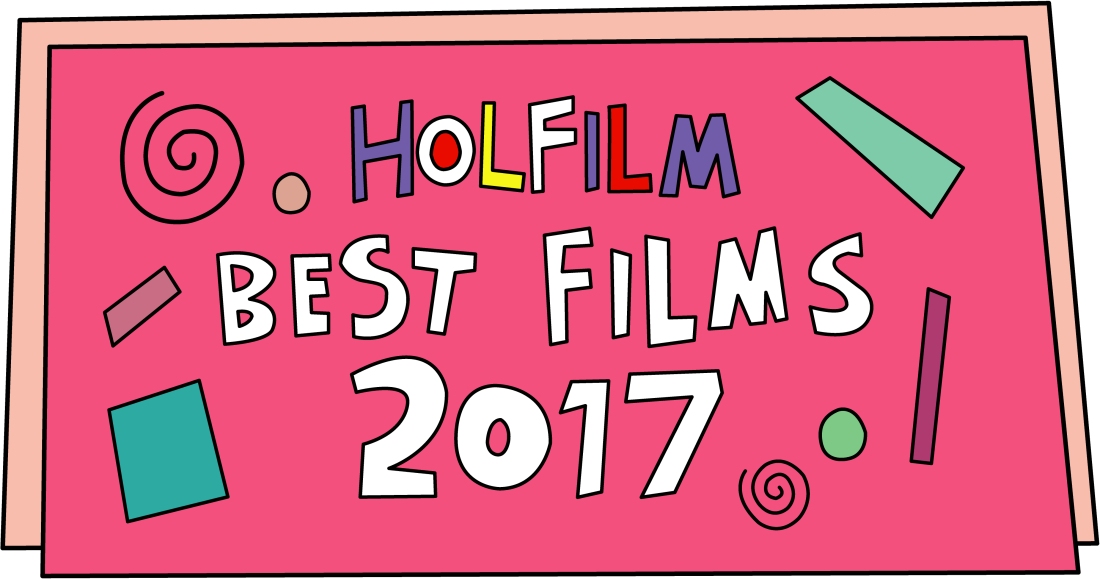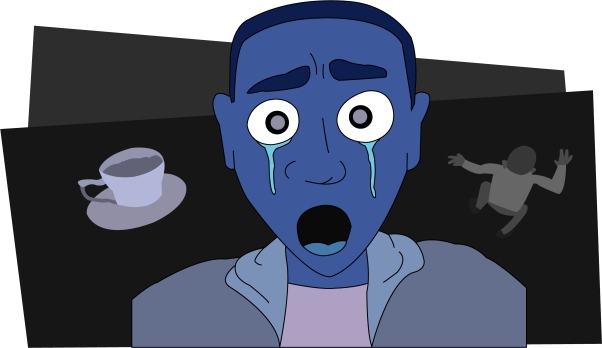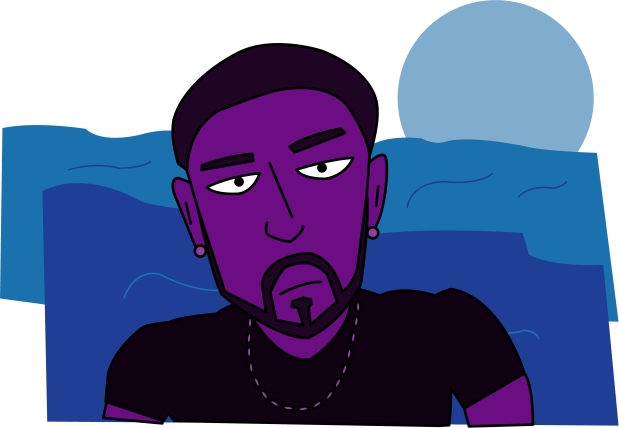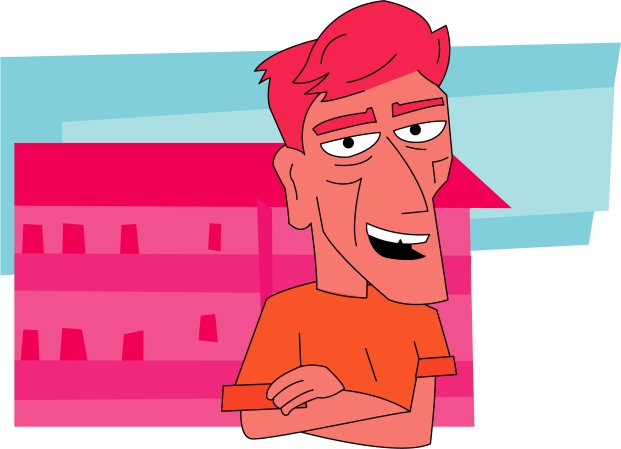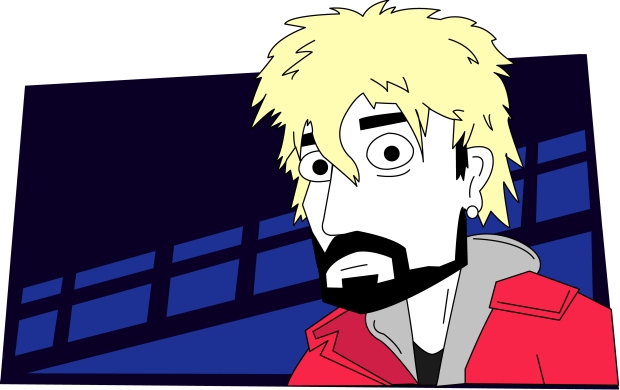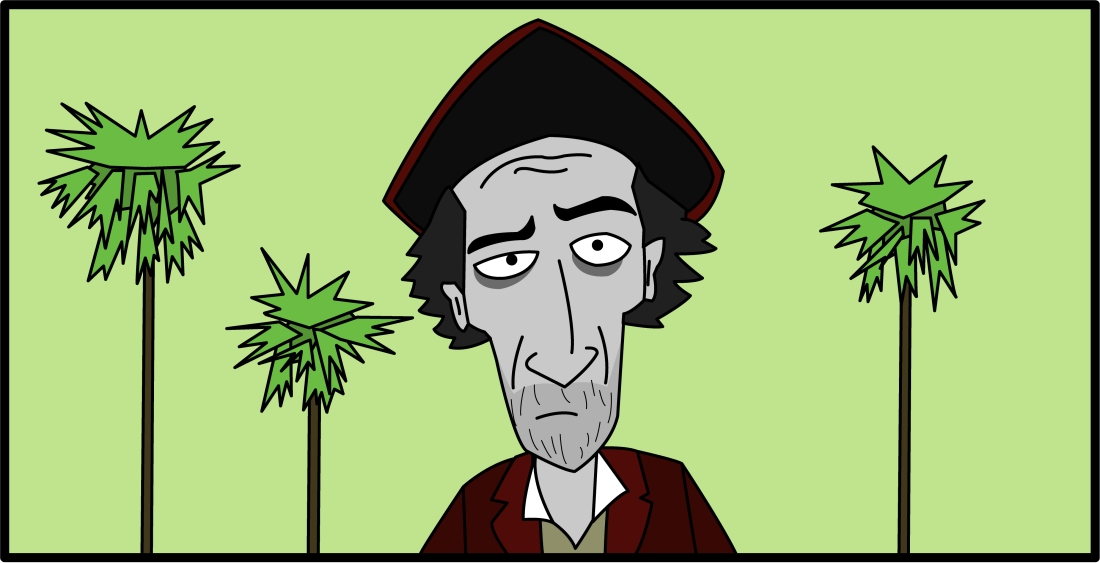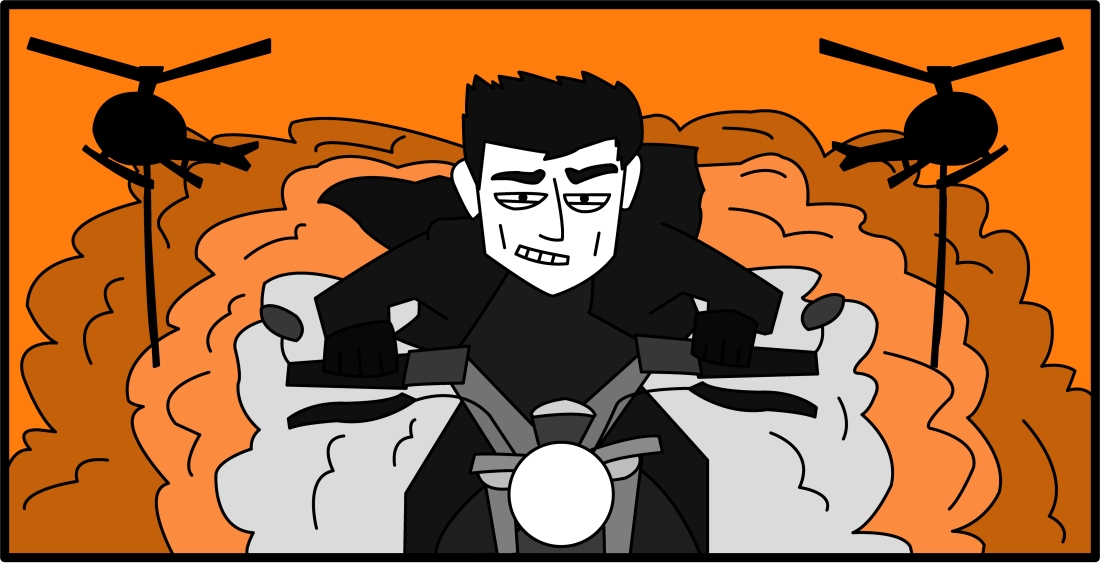
Words & Illustrations by Mark Holland
A Holfilm countdown of the top 20 films released in UK Cinemas during the previous year.
20. Widows
19. The Miseducation of Cameron Post
18. Three Billboards Outside Ebbing, Missouri
17. Cold War
16. Avengers: Infinity War
15. BlackKklansman
14. Mission Impossible: Fallout
13. The Square
12. First Reformed
11. Sorry To Bother You
10. The Ballad of Buster Scruggs

The Coens’ anthology Western series plays out like a greatest hits package of all their previous back catalogue. It’s made up of five instalments, each one taking place in the rootin’ tootin’ Wild West but varying greatly in style and tone. Ranging from cartoonish Raising Arizona-esque wackiness, to weightier tales that have more of the thought-provoking solemnity of Inside Llweyn Davies or No Country For Old Men. There’s something for everyone here, with each differing vignette catering for a range of tastes. The most affecting is the fourth segment, The Gal Who Got Rattled, in which the Coens manage to utilise all of their best assets to make a short and bittersweet tale of love and loss that’s up there with the best of anything they’ve ever done.
9. Annihilation

An eerily beautiful sci-fi thriller that sees Natalie Portman lead an all-female scientific expedition into a strange quarantined zone known as ‘The Shimmer’. The Shimmer itself is a glowing iridescent region in which the team face all manner of surreal and bizarre encounters. The zone causes the cells of everything inside it to mutate, leading to shifting landscapes, time manipulation and haunting scenes involving mutated fauna such as alligators and a bear. The climax where Portman confronts a mysterious alien entity in a crater below a lighthouse is the highlight and one of the most original and memorable sci-fi encounters in recent years.
8. Lady Bird

An incredibly well directed, semi-autobiographical coming-of-age tale from Greta Gerwig. It stars Saoirse Ronan as a strong-willed teenager growing up in Sacramento, California during the early 00’s. What separates Lady Bird from similar films in the genre is its fast-paced direction that manages to capture the unsentimental, fleeting nature of youth and create an authentic snapshot of a young woman during a particular time in her life. Snappy dialogue, great performances and genuine heart-felt emotion all come together perfectly to create an assured debut for Gerwig and a coming-of-age movie that’s here to stay.
7. Isle of Dogs

As with any Wes Anderson release, expectations were going to be sky-high, this was his return to stop-motion animation, his love letter to Japanese pop culture, his homage to directors like Miyazaki and Kurosawa and the return of a bundle of his incredible cast of contributing actors. Unsurprisingly, it delivered on every front, Isle of Dogs is packed full of charm, it looks incredible and has a heart-warming tale at its core, centring on Anderson-newcomer Bryan Cranston, on grisly form as hostile alpha-dog, Chief as he helps a young boy on his quest to find his pet dog.
6. Mandy

Mandy stars Nicolas Cage as a lumberjack whose girlfriend has been abducted and killed by a satanic biker gang. His quest for revenge has him forging his own axes, crushing skulls, fighting demons in chainsaw battles and snorting lumps of cocaine as big as a fist off of the armour of dead demons. The best thing about Mandy is that it’s even better than it sounds, with Panos Cosmatos turning the whole thing into a strange hallucinatory experience, eerily soundtracked by the late Jóhann Jóhannsson, in what was to be his final score. Nick Cage is utilised brilliantly, he’s given the freedom to turn his unhinged performance all the way up to eleven and transcends it into a raw and primal masterclass of raging overacting.
5. Roma

A Netflix release that is absolutely crying out to be seen on the biggest screen possible. From the gorgeous opening shot of water being washed a set of stone tiles to the heart-breaking climax on the beach, Roma is a gorgeous watch and a mesmerising experience. To read the synopsis you’d think Roma was just a small-scale family drama, but in fact it is anything but. Stunning cinematography, emotional gut-punches, terrific performances, along with Alfonso Cuarón’s signature, grandiose, one-take tracking shots are what give Roma it’s majesty and significance. It’s hard to tell whether Roma will stand the test of time and will still be talked about for years to come, but it certainly has that feeling. A deeply personal and thoughtful film from a masterful director at the height of his powers.
4. Phantom Thread

If Phantom Thread is to be the film that gives powerhouse actor of a generation, Daniel Day-Lewis his final cinematic role before he enters retirement, then what a film to bow out on. Lewis is reunited with the incredibly talented auteur Paul-Thomas Anderson and stars as the brilliantly named Reynolds Woodcock, a highly-celebrated dressmaker in 1950’s London, as he falls for a young waitress by the name of Alma (Vicky Krieps). The film is as meticulously and gracefully crafted as one of Woodcock’s immaculate dresses, weaving together romantic tension and humour with razor-sharp dialogue and a ghostly, dark undercurrent that courses throughout the film. The film isn’t the Daniel Day-Lewis show you’d think it might be either, instead being a triple header of vibrant and spiky performances with both Krieps and Lesley Manville holding their own against the triple Oscar-winning method-acting colossus.
3. Zama

In Zama, Lucreida Martel gives us a solid indictment of imperialism centring on a pompous and pathetic 18th century Corregidor confined to the arse-end of Spanish-colonised Argentina. Don Diego de Zama is a forlorn and broken man who wears the weight of the world on his gaunt face, we follow his attempts to maintain a shred of dignity as he desperately endeavours to be transferred back home to Buenos Aires to be with his family. Martel turns Zama’s purgatorial nightmare into a hazy hallucinatory descent into madness, with gorgeous cinematography and an eclectic soundscape that mixes ambience with Brazilian surf rock. A unique and mesmerising film that isn’t easily forgotten.
2. Hereditary

Following the likes of The Babadook, It Follows and The Witch, Hereditary is the latest in a batch of recent character-driven horror flicks that have aimed to transcend the genre by being more than just a barrage of jump scares and becoming great films in their own right. Hereditary is absolutely terrifying and most of the chills from the gripping, condensed family drama at films core as well as the incredible central performance from Toni Colette. The film opens on the funeral of the family’s grandmother with an imposing sense of menace that director Ari Aster manages to sustain and heighten throughout. The fear it manages to conjure is intense, unrelenting and completely sickening. Watching it for the first time was one of the most nauseating and visceral experiences I have ever had in the cinema and I loved every second.
1. You Were Never Really Here

The most sensitive and tender-hearted portrayal of a ruthless hitman you’re ever likely to see. Adapted from a novel by Jonathon Ames, Lynn Ramsey really gets us under the skin of damaged, big-bearded, gun-for-hire Joe, experiencing every agonizing ounce of pain brought on through the bouts of violence he encounters along with his past emotional traumas. We are given fleeting insights into his past through momentary flashbacks, along with Jonny Greenwood’s throbbing score, they combine to create a truly, gripping heart-breaking and affecting character study. Joe is brilliantly brought to life by Joaquin Phoenix, who fills him out with a brutish physicality and a shattered vulnerability. The film is incredibly lean and unbearably tense, the short run-time means Ramsey cuts this thriller down to the bare bones with every second feeling necessary and utterly captivating.


